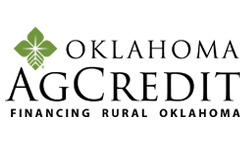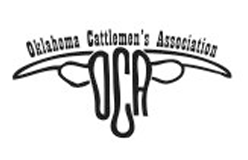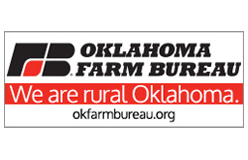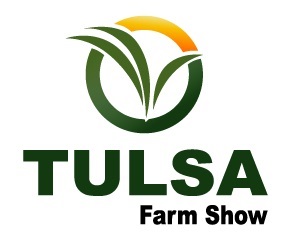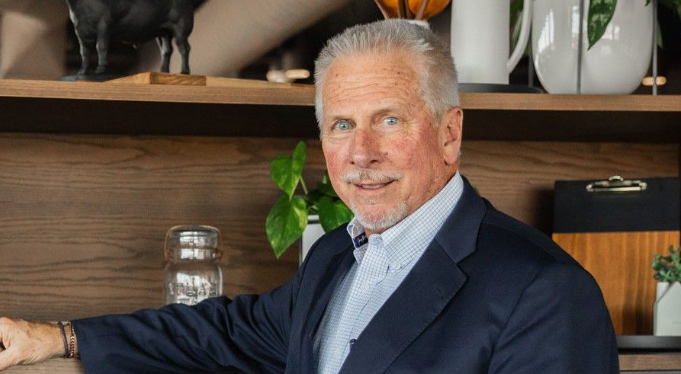
In today’s Beef Buzz, senior farm and ranch broadcaster Ron Hays features comments made by one of the speakers at the recent King Ranch Institute for Ranch Management Symposium, Dr. Glen Dolezal, a recently retired meat scientist and executive from Cargill, centered on the dramatic and accelerating increase in beef carcass weights observed in 2025. Following his 16-year tenure at Oklahoma State University and 25 years with Cargill, Dolezal provided an expert perspective on how the industry is managing current production challenges. He highlighted that while the long-term trend has seen carcass weights grow by about five pounds per year, the current surge is exceptional. Dolezal noted, based on his former employer’s data, that “year on year, steer carcass weights are up 40 pounds,” significantly “blowing that out of the water” and accelerating far beyond previous forecasts for 2025.
This substantial increase in weight is primarily a strategic industry response to a low cattle headcount following drought conditions. Dolezal explained that although the industry is down 4-5% on head count, the focus on increasing red meat production has helped “weather this,” keeping the overall reduction in volume to “1% or less.” However, the current pace of beef production remains at an “all time low” as evidenced by the depressed four-week rolling average and the fact that packers are running limited 32-hour work weeks. This makes the additional weight crucial for satisfying both retail and food service demands. CattleFax projects that average steer carcass weights for the year could “approach 950 pounds,” a figure Dolezal believes will be met or exceeded, especially given that Canada—where pay weight is streamlined—already sees averages of 1,000 pounds or heavier.
The drive for heavier weights is deeply rooted in the industry’s focus on weight-driven efficiency, which correlates with sustainability metrics like reduced greenhouse gas emissions per pound of beef produced. Every segment of the supply chain contributes to this increase. Cow-calf producers focus on better weaning weights, stocker operators prioritize weight gain before feedlot placement, and feed yards have done a “phenomenal job of extending time on feed at cheaper cost of gain.” A critical factor is that over 80% of fed cattle are now sold on a carcass merit basis, not live weight, which incentivizes adding carcass pounds. Dolezal compared the past to the present, noting that in 1999, the average Cargill carcass weight was near 750 pounds and time on feed was “90 days or less.” Today, cattle may be on feed for over 200 days, with 8-weight cattle being fed 220 to 240 days, proving “that’s where the pounds are coming from.”
This extended feeding period results in significant weight gain late in the process, as the animal shifts from growing muscle to adding fat. While this efficiency is beneficial, Dolezal cautioned the industry to exercise prudence regarding animal care. He urged listeners that “as an industry, we have to be careful” and recognize where they might be pushing the limits of nature, especially concerning environmental factors. He specifically warned against the potential for creating animal welfare issues, stating, “All I say is there’s good in what has transpired, but we have to be careful moving forward that we don’t create an animal welfare issue in the beef industry.”
The Beef Buzz is a regular feature heard on radio stations around the region on the Radio Oklahoma Ag Network and is a regular audio feature found on this website as well. Click on the LISTEN BAR for today’s show and check out our archives for older Beef Buzz shows covering the gamut of the beef cattle industry today.


